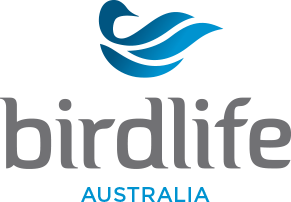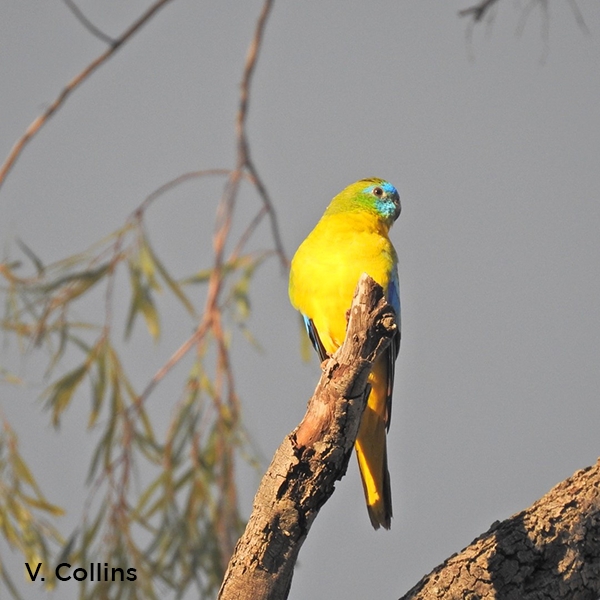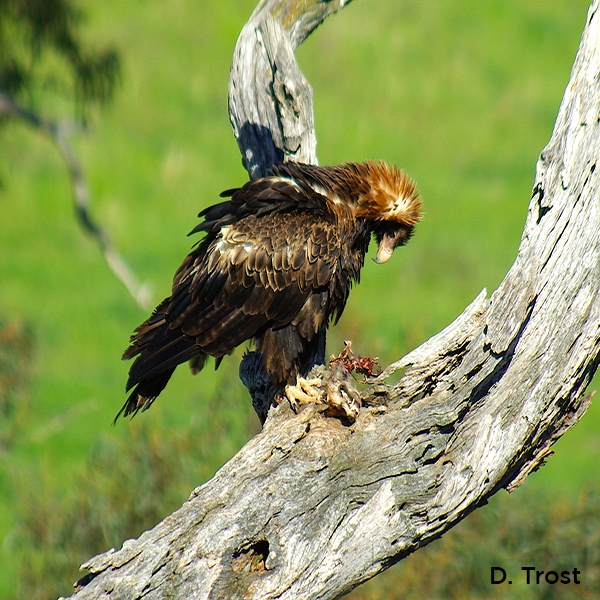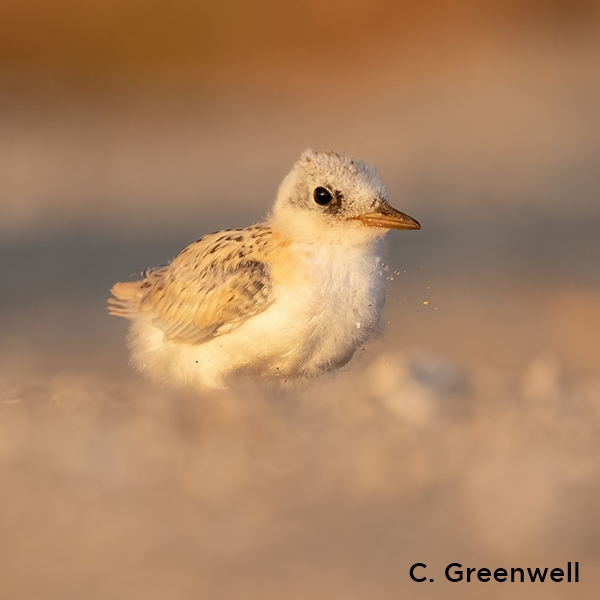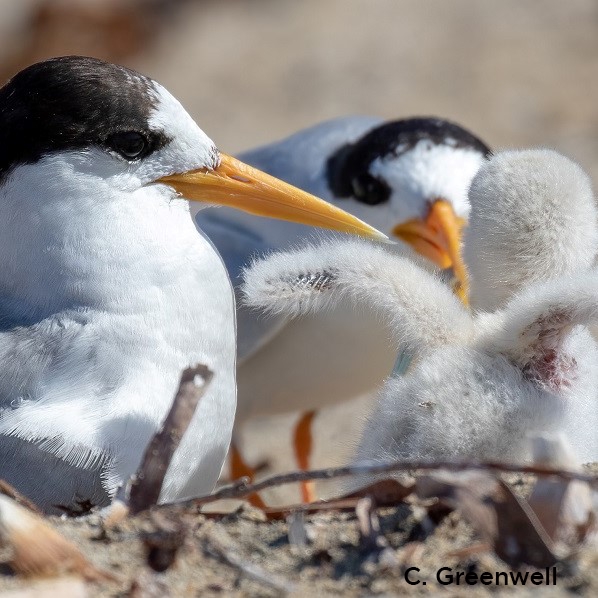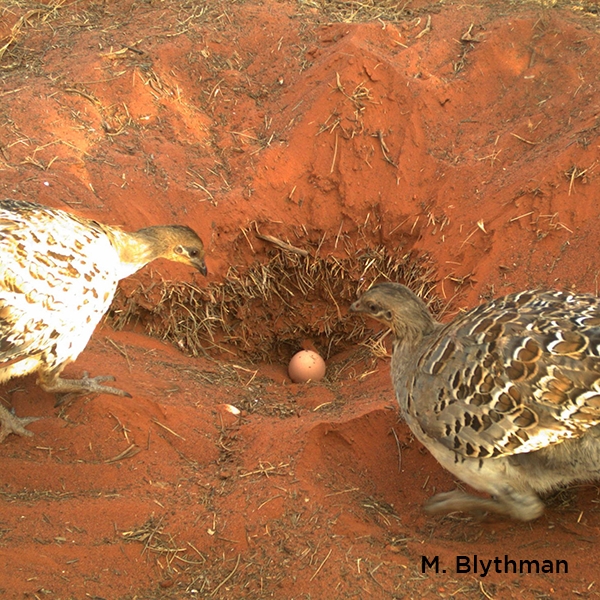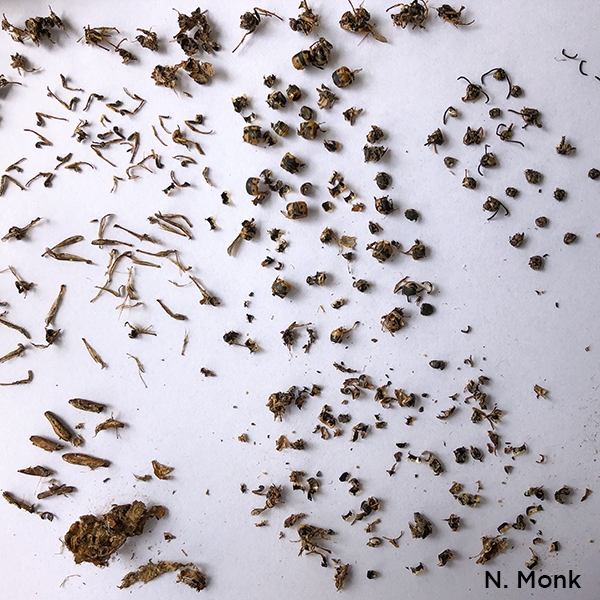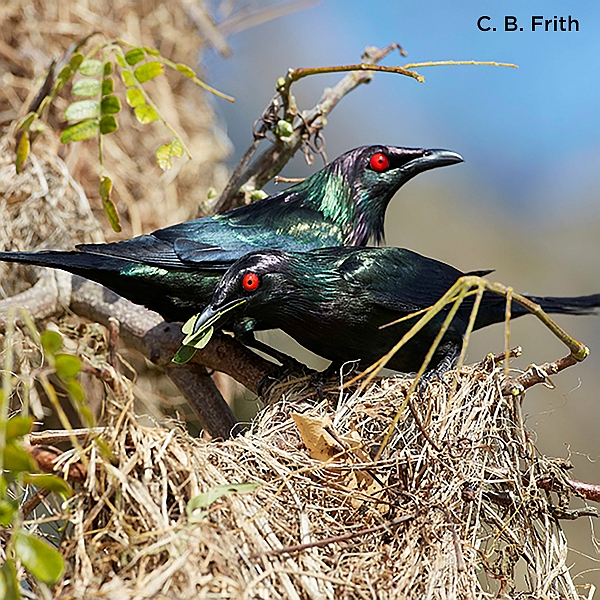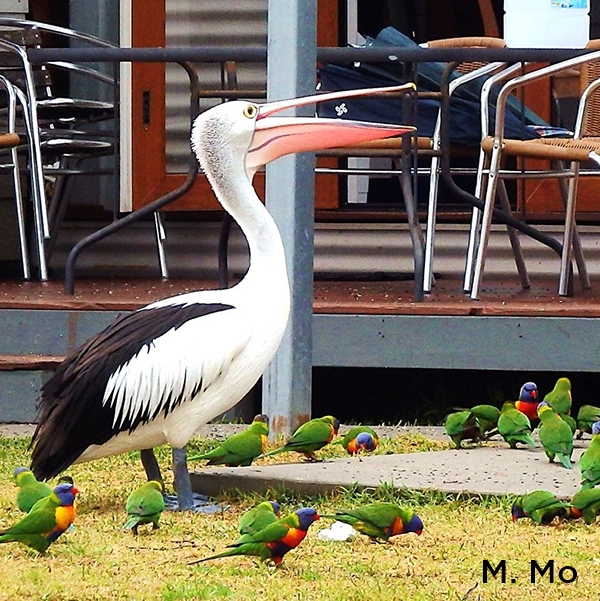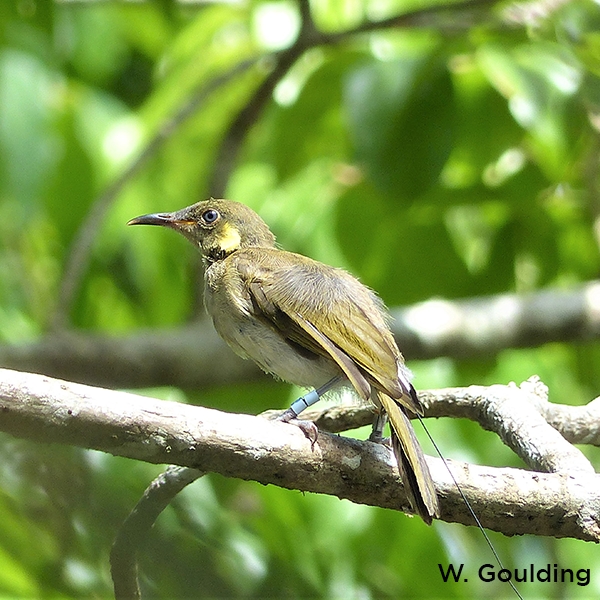Piscivory in the Comb-crested Jacana Irediparra gallinacea
Matthew Mo, Anthony C. Gill, Amanda Hay
Abstract
stomach contents.
References
Allen, G.R. (1989). Freshwater Fishes of Australia. TFH Publications, Neptune, New Jersey, USA.
Barker, R.D. & Vestjens, W.J.M. (1989). The Food of Australian Birds. 1 Non-passerines. CSIRO Division of Wildlife & Ecology, Canberra.
Bell, H.L. (1985). Seasonal changes in abundance and pond preferences of waterbirds at Moitaka sewerage works, Port Moresby, Papua New Guinea. Corella 9, 108–113.
BirdLife Australia (2022). Working List of Australian Birds: Version 4. Birdlife Australia. Available online: https://birdata.birdlife.org.au/wp-content/uploads/2022/12/WLAB_v4.1.xlsx (retrieved 1 October 2023).
Carlson, A.J. (2015). Bird surveys of Cattai Wetlands (2006 to 2014) on the mid-north coast of New South Wales. Whistler 9, 38–55.
Cooper, R.M., McAllan, I.A.W., Brandis, C.P. & Curtis, B.R. (2016). An Atlas of Birds of New South Wales and the Australian Capital Territory, Volume 2: Comb-crested Jacana to Striated Pardalote. NSW Bird Atlassers, Woolgoolga, NSW.
del Hoyo, J., Elliott, A. & Sargatel, J. (Eds) (1996). Handbook of the Birds of the World, Volume 3: Hoatzin to Auks. Lynx Edicions, Barcelona, Spain.
Dostine, P.L. & Morton, S.R. (2000). Seasonal abundance and diet of the Comb-crested Jacana Irediparra gallinacea in the tropical Northern Territory. Emu 100, 299–311.
Favaloro, N.J. (1931). The Lotus Bird. Emu 31, 82–92.
Gomon, M.F. & Bray, D.J. (2022). Fishes of Australia: Empire Gudgeon, Hypseleotris compressa (Krefft 1864). Museums Victoria, Melbourne. Available online: https://fishesofaustralia.net.au/home/species/4145 (retrieved 1 October 2023).
Gould, J. (1865). Handbook to the Birds of Australia. Author, London.
Green, A.J. & Elmberg, J. (2014). Ecosystem services provided by waterbirds. Biological Reviews 89, 105–122.
Jenni, D.A. (1996). Family Jacanidae (jacanas). In: del Hoyo, J., Elliott, A. & Sargatel, J. (Eds). Handbook of the Birds of the World, Volume 3: Hoatzin to Auks. Lynx Edicions, Barcelona, Spain.
Jenni, D.A. & Collier, G. (1972). Polyandry in the American Jaçana (Jacana spinosa). Auk 89, 743–765.
Keith, P. & Mennesson, M.I. (2023). Revision of Hypseleotris (Teleostei: Eleotridae) from Indo-Pacific islands using molecular and morphometric approaches, with description of one new species. Zoological Journal of the Linnean Society 198, 1035–1069.
Kingsford, R.T. & Norman, F.I. (2002). Australian waterbirds – products of the continent’s ecology. Emu 102, 47–69.
Marchant, S. & Higgins, P.J. (Eds) (1993). Handbook of Australian, New Zealand & Antarctic Birds, Volume 2: Raptors to Lapwings. Oxford University Press, Melbourne.
Menkhorst, P., Rogers, D., Clarke, R., Davies, J., Marsack, P. & Franklin, K. (2019). The Australian Bird Guide. CSIRO Publishing, Melbourne.
Nunes, A.P. & Piratelli, A. (2005). Comportamento da Jaçanã (Jacana jacana Linnaeus, 1766) (Charadriiformes, Jacanidae) em uma lagoa urbana no município de Três Lagoas, Mato Grosso do Sul, Brasil. Atualidades Ornitológicas 126, 1–17.
Roderick, M. & Stuart, A. (2010). The status of threatened bird species in the Hunter Region. Whistler 4, 1–28.
Ross, J.A. (1931). Lotus-bird’s large clutch. Emu 31, 313–314.
Wood, K.A. & Stillman, R.A. (2014). Do birds of a feather flock together? Comparing habitat preferences of piscivorous waterbirds in a lowland river catchment. Hydrobiologia 738, 87–95.
Žydelis, R. & Kontautas, A. (2008). Piscivorous birds as top predators and fishery competitors in the lagoon ecosystem. Hydrobiologia 611, 45–54.
